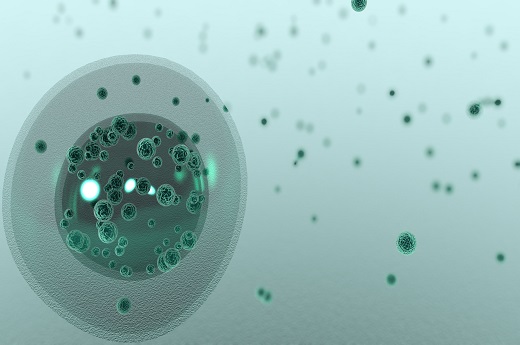本文将围绕着试管婴儿成功率10%展开讨论,首先将从成功率的定义和计算方法入手,然后分别从医疗技术、患者身体状况、生活习惯、心理状态和医疗团队等六个方面详细阐述试管婴儿成功率的影响因素,最后对试管婴儿成功率10%进行总结归纳。
成功率的定义和计算方法
成功率是指在进行试管婴儿治疗过程中,最终能够成功诞生健康宝宝的比例。成功率的计算方法通常是以每个周期内成功妊娠并顺利分娩的患者数量除以总体接受治疗的患者数量。这一比例通常以百分比表示,而10%的成功率意味着每100个接受治疗的患者中,大约有10个能够成功诞生宝宝。

The definition and calculation method of success rate:
The success rate refers to the proportion of patients who successfully give birth to a healthy baby during the IVF treatment process. The calculation method of success rate is usually the number of patients who successfully become pregnant and deliver a baby in each cycle divided by the total number of patients receiving treatment. This ratio is usually expressed as a percentage, and a 10% success rate means that approximately 10 out of 100 patients receiving treatment can successfully give birth to a baby.
医疗技术对成功率的影响
医疗技术是决定试管婴儿成功率的重要因素之一。包括体外受精、胚胎移植、胚胎培育等技术的先进程度和操作技巧都直接影响着成功率。医疗设备和实验室条件的先进程度也会对成功率产生影响。

The impact of medical technology on success rate:
Medical technology is one of the important factors determining the success rate of IVF. The advanced level and operation skills of techniques such as in vitro fertilization, embryo transfer, and embryo culture directly affect the success rate. In addition, the advanced level of medical equipment and laboratory conditions also have an impact on the success rate.
接下来的4个方面的阐述请继续完善。






